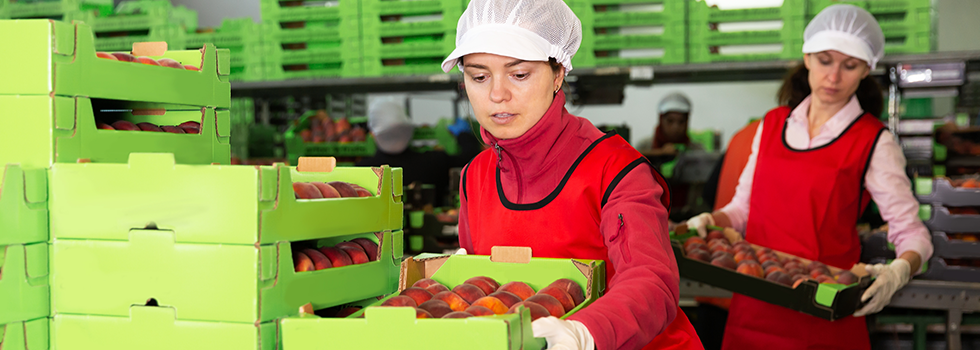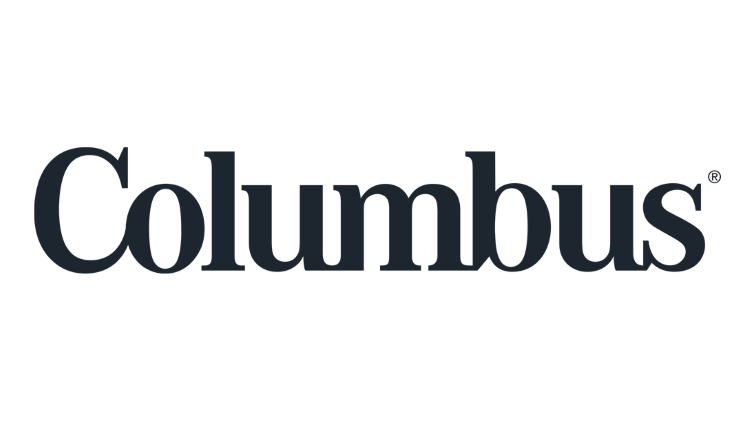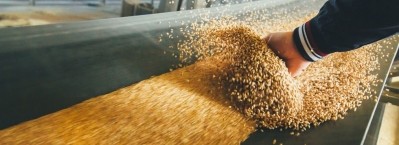Promotional Features
ERP software for the food industry: why generic won’t cut it
When planning to invest in an enterprise resource planning (ERP) system, a business will encounter off-the-shelf and industry-specific options. While the non-vertical-specific solutions will come with all the standard functionalities one might expect from an ERP system, additional features may be required due to the nature of the business or sector. But ERP implementation projects should avoid the lure of customisations – not only can costs rack up, but it can also make keeping systems evergreen a much more challenging task.
So, rather than the one-size-fits-all approach, why not invest in an industry-specific ERP system from the get-go?
How the food sector differs from other sectors
The key differences of the food sector can be divided into two areas: the flow of information and the flow of products through an ERP system.
In particular, the way information flows through an ERP system can dictate whether a business needs a sector-specific solution as opposed to a generic alternative. In the food sector, products have a shelf life and their behaviour is constantly changing, hour by hour and day by day.
This means the ERP system a food business uses must offer functionalities to help closely track and monitor foodstuff as it travels through the supply chain. In other words, there is a need for complete visibility, not only over where the products are in the supply chain, but also their quality and the conditions they’re being transported in.
Demand planning is more complex
Overall, the demand planning process for the food sector appears to be very similar to non-food. However, there are some nuances that the ERP system needs to accommodate:
● Ingredients/raw materials may not be available even if there’s demand at certain times of the year
● As many food products form parts of wholefoods/crops, demand for one area of a harvest or slaughter may give rise to other areas that have completely different demand profiles
● Due to the perishable nature of food, the weather can affect demand
Some food products don’t align with a generic ERP’s MRP II
Manufacturing resource planning (also known as MRP II) plays a major role in an ERP system. Generic ERP systems usually follow a ‘make to order’ process and, in terms of a scheduling perspective, it’s forward or backward.
In the food sector, if products have longer shelf lives, these rules apply perfectly well. However, it gets more complex when:
● Products have short shelf lives, which requires a more complex scheduling algorithm – the forward and backward algorithms of generic ERP systems aren’t sufficient
● Products are bound to harvest cycles – in this case, they’re ready when they’re ready. This may not always be aligned with demand-driven MPS
● The weather is involved, as unpredictable changes in the weather can impact product quality. This can then impact processing times and cause scheduling problems, especially if an ERP system isn’t designed to accommodate for this.
Supply and demand work together
Where most other industries are driven by demand, supply and demand work together in the food sector. These patterns were traditionally driven by seasons and supply would dictate demand. However, today’s consumers want to eat what they want, when they want. They want a year-round supply of strawberries and turkeys, for example.
So, modern-day food forecasting will be a mixture of expected supply and demand. Generic ERP software isn’t designed to handle this level of complexity. Food businesses can try to customise their solutions, but it’s easy to make mistakes when trying to transform traditional supply algorithms into predictive software.
The living nature of food can impact the ‘goods in’ and ‘goods out’ processes
These two processes are mostly the same for the food sector as they would be for other businesses. For ‘goods in’, it differs when it comes to handling raw materials, due to three areas:
● Food-specific ERP software offers enhanced QC functionality, which allows items to be measured in multiple units of measure, varieties or types
● Food businesses must be able to confirm the products coming in are as stated in regard to allergens, origins and supplier compliance
● Food businesses also need features that allow them to work with more than one unit of measure as food is often managed via multiple units. Generic ERP systems aren’t usually equipped to handle this.
Once food has reached the ‘goods out’ stage, one would assume they’re in a standard format, ready to be sold. While standard ERP practices will largely apply, food businesses should keep an eye on ‘best before’ and ‘use by’ dates to avoid customer service, safety and compliance issues.
Variances in food products can cause issues in manufacturing and production
The ‘living’ nature of food products and their variation in quality, shape, size and weight can cause issues in production – particularly for generic ERP software. Food-specific ERP software is designed to handle these variances.
For example, a business may need to make in-progress changes or substitutions to products even after they’ve been scheduled. A generic ERP system doesn’t usually allow for this while a food-specific alternative will.
The inconsistent nature of food affects warehousing and inventory
Food products may require extra needs during storage, usually surrounding the requirement for continuous quality checks to monitor their condition while in storage. They may even change item code while in storage (unripe fruit ripening). This high level of information can cause issues for generic ERP systems.
Food-specific ERP software, however, is designed to handle the amount of information required at item and Lot level (attributes, units of measure, allergens and origins).
From afar, it may seem that investing in an out-of-the-box solution would suffice for your food business. But diving into the details that make the food sector truly unique shows standard ERP isn’t enough. This is what will determine the success of an ERP implementation project and all the benefits and value that can come after.
Want to learn more about ERP software for the food industry and the impact of using a generic alternative? Columbus’s ERP consultants dig deeper in the latest episode of their podcast, ColumbusCast. Listen to the episode, Choosing ERP software for the food sector above.



